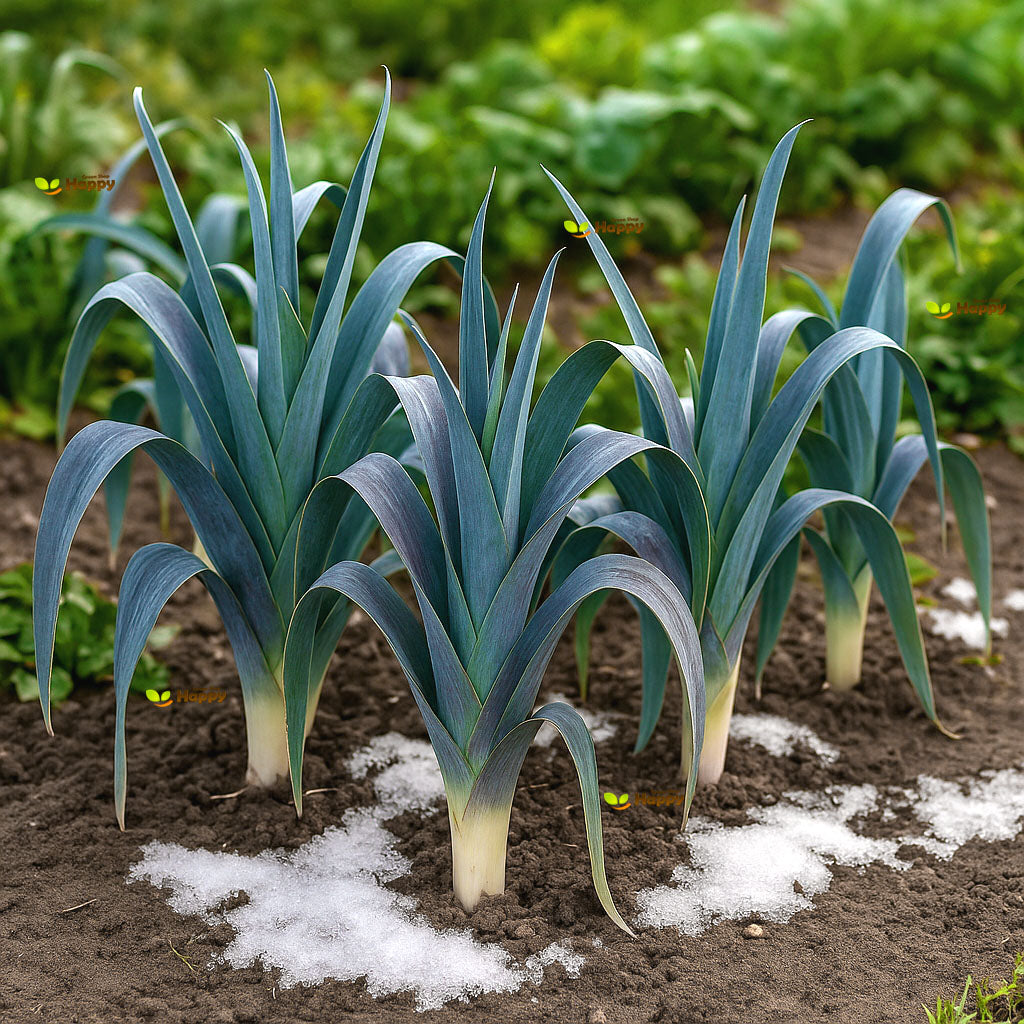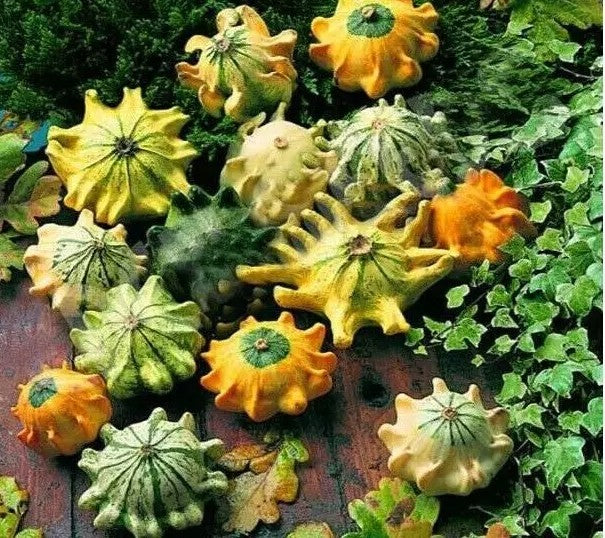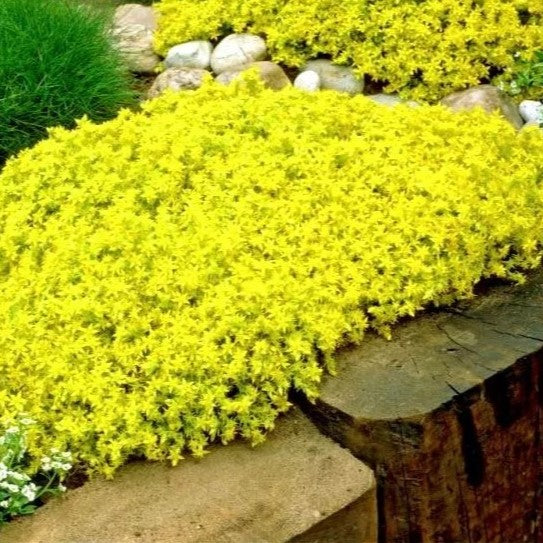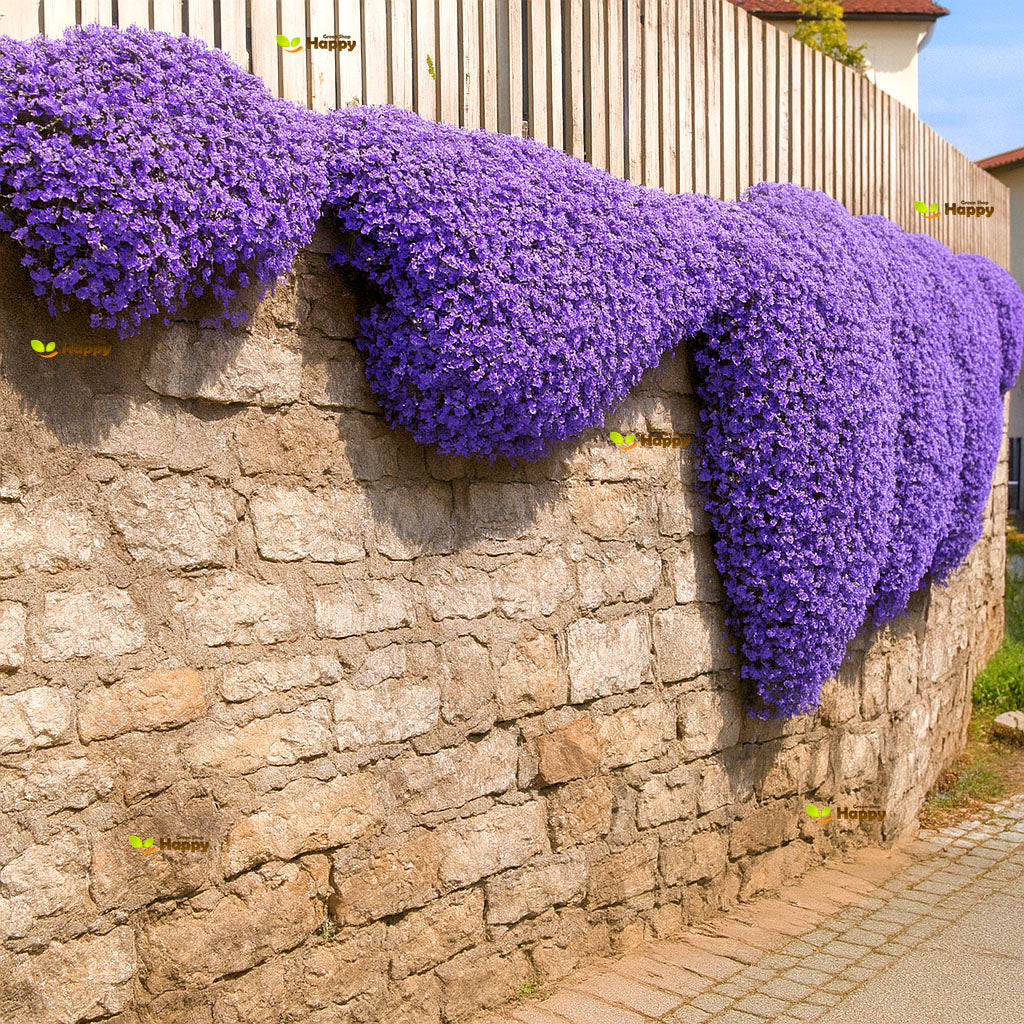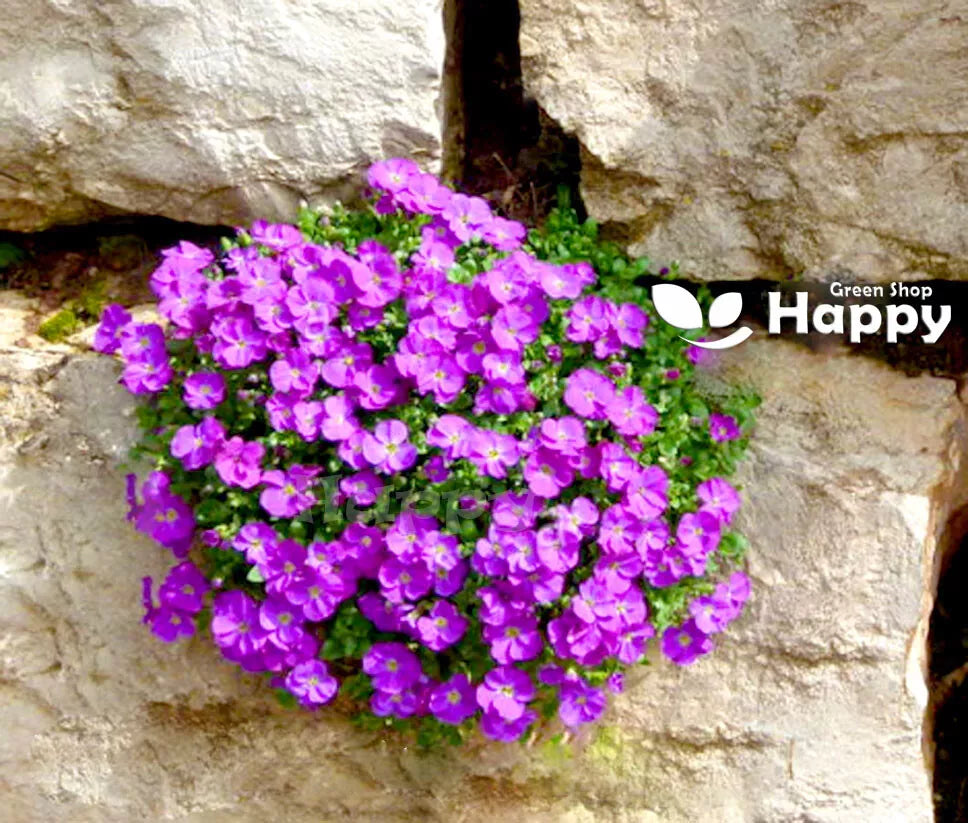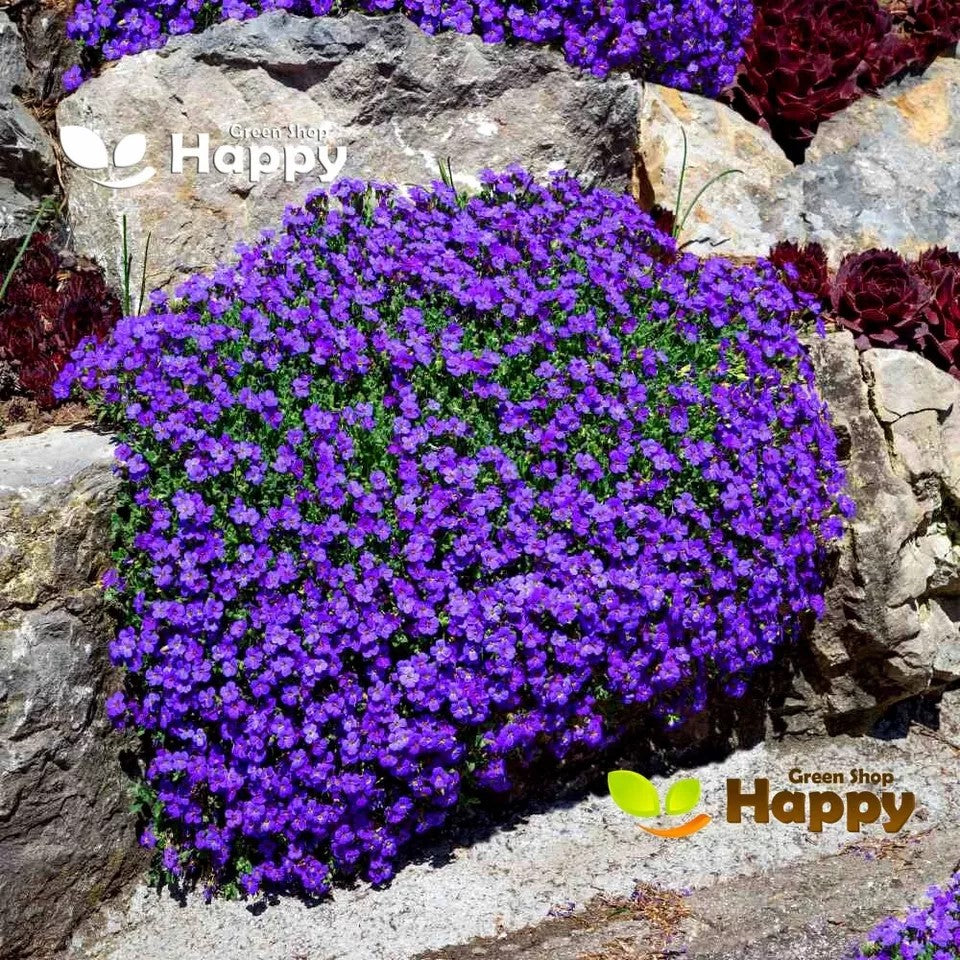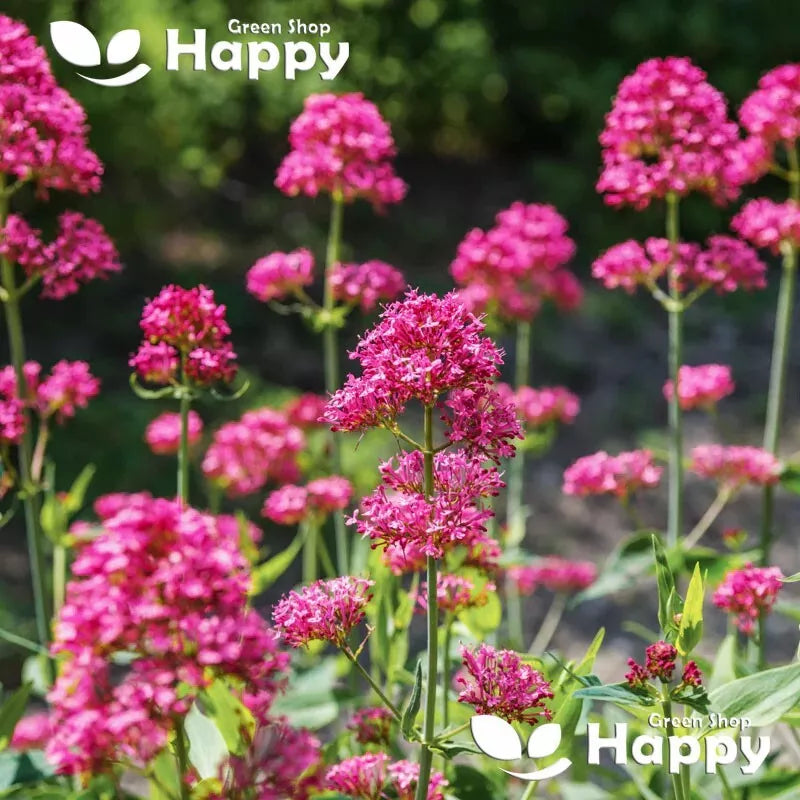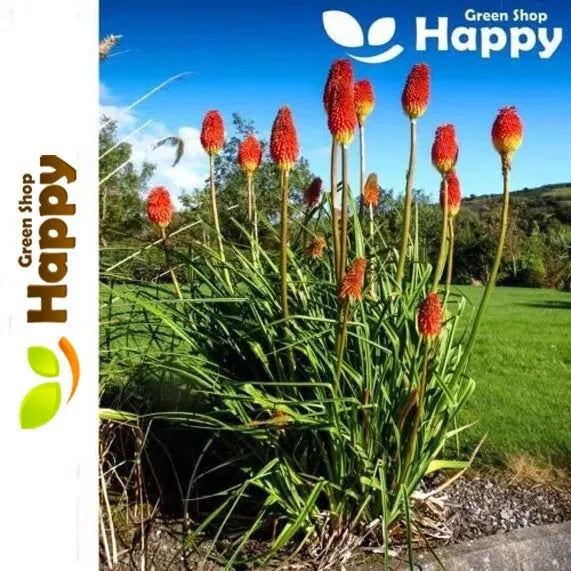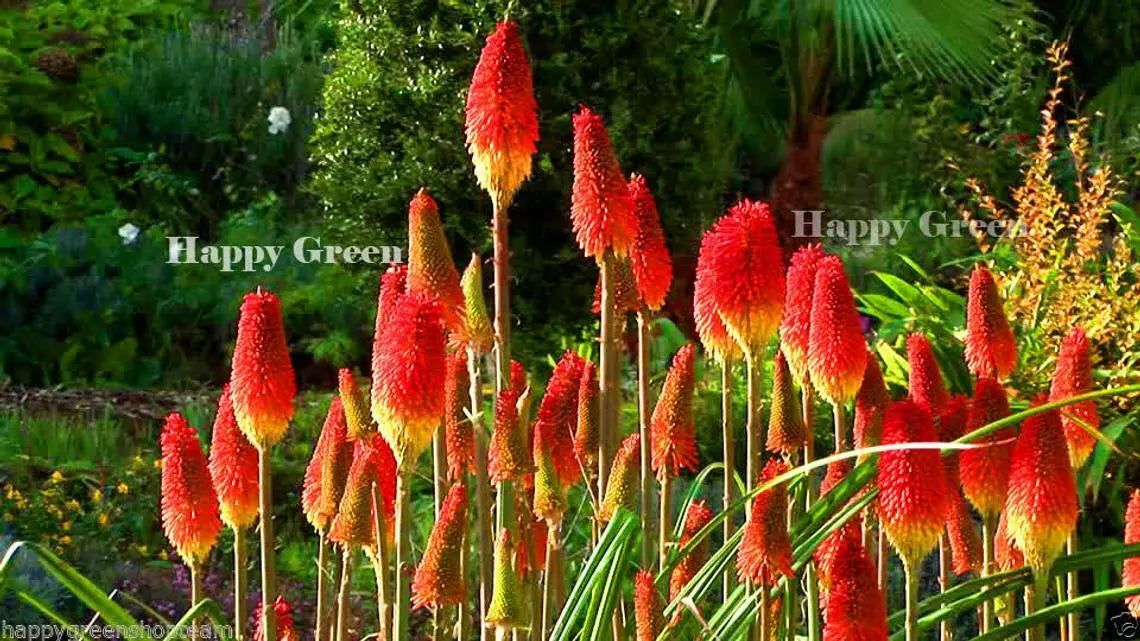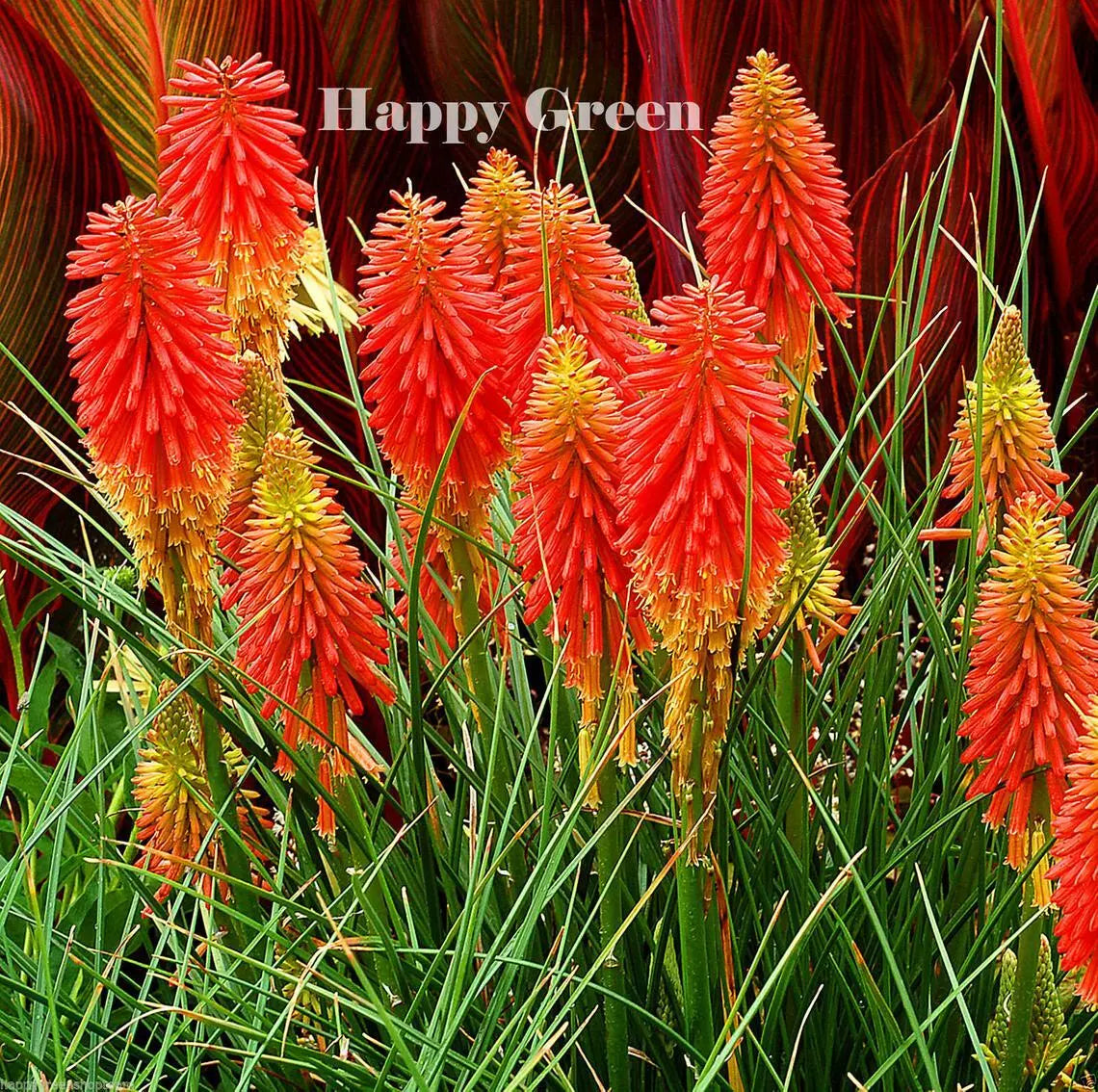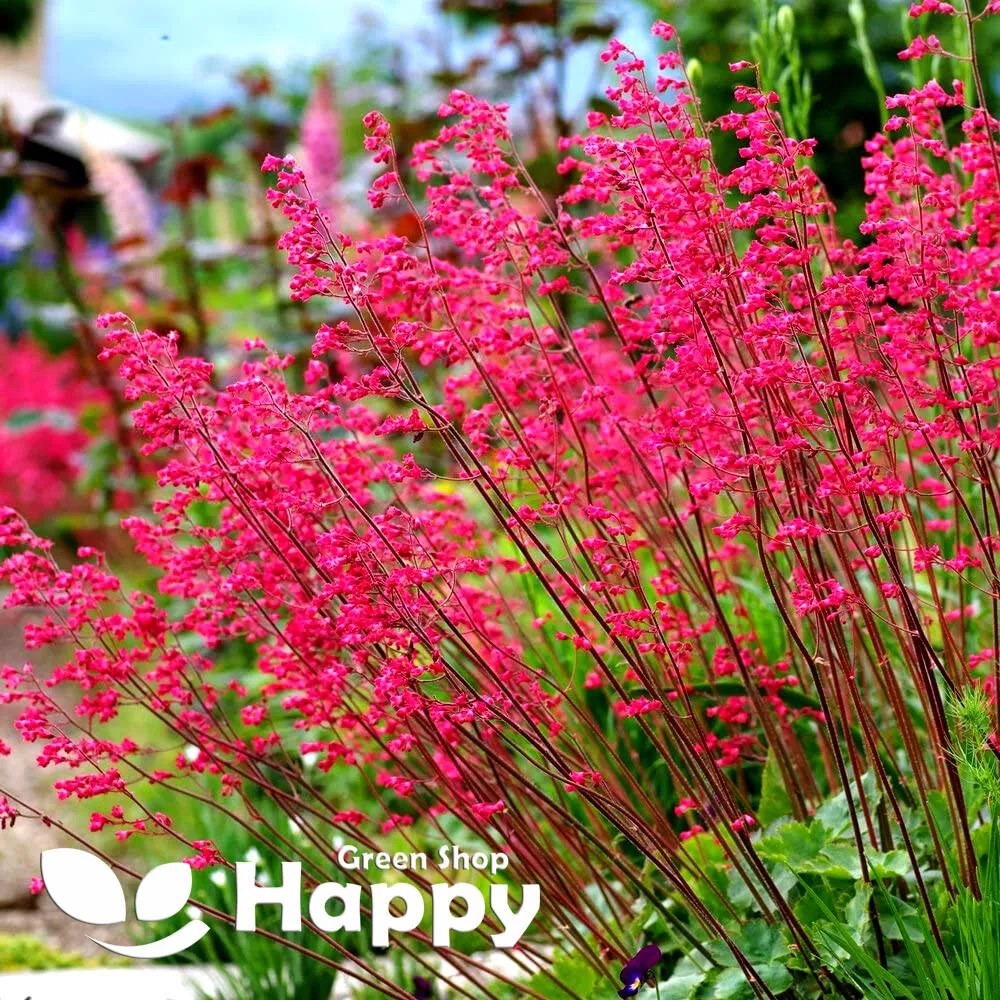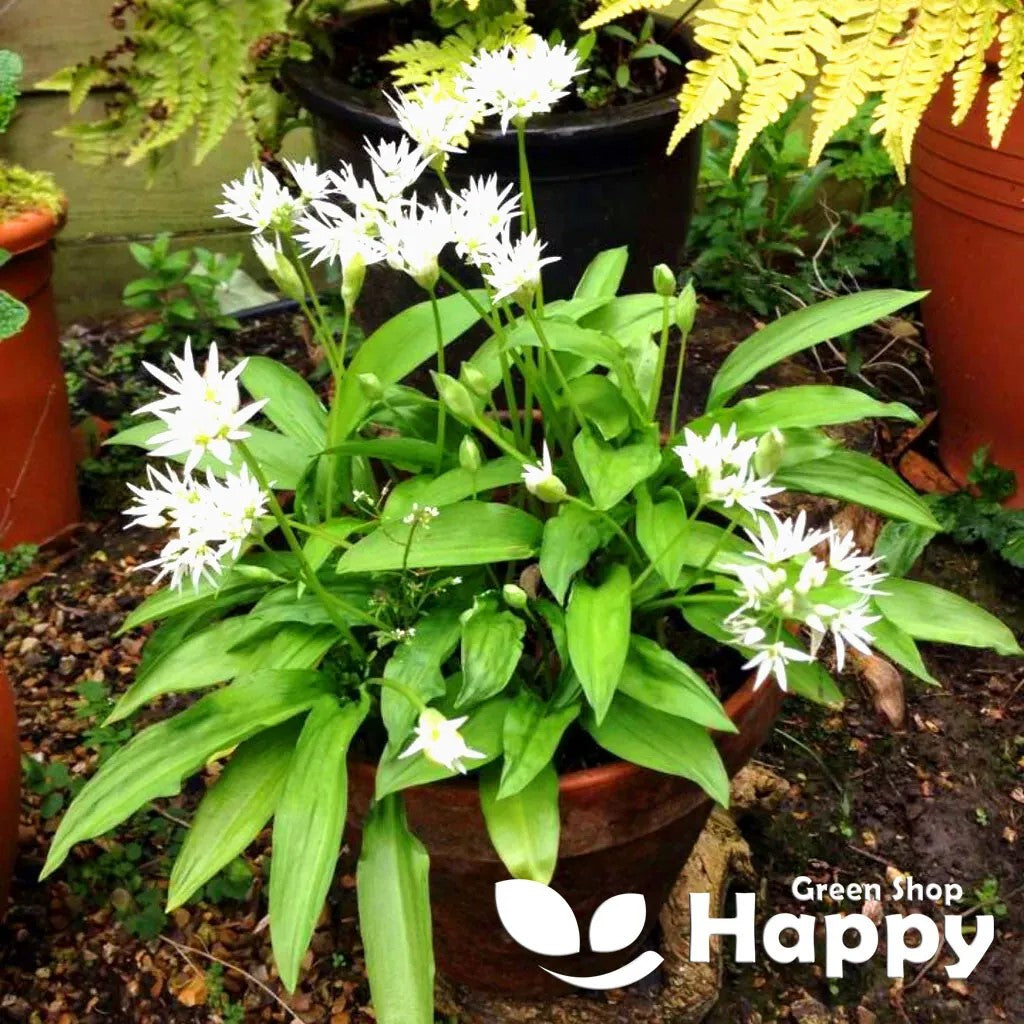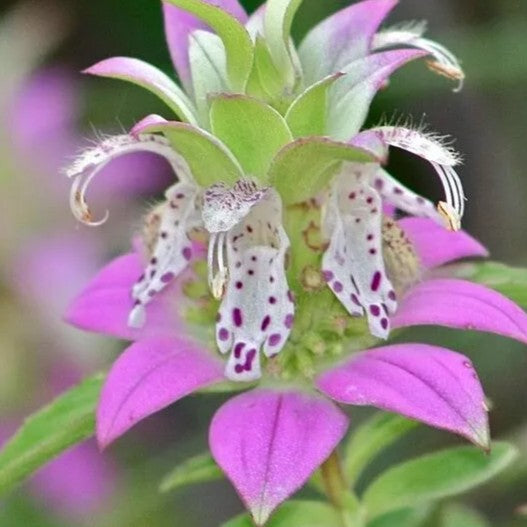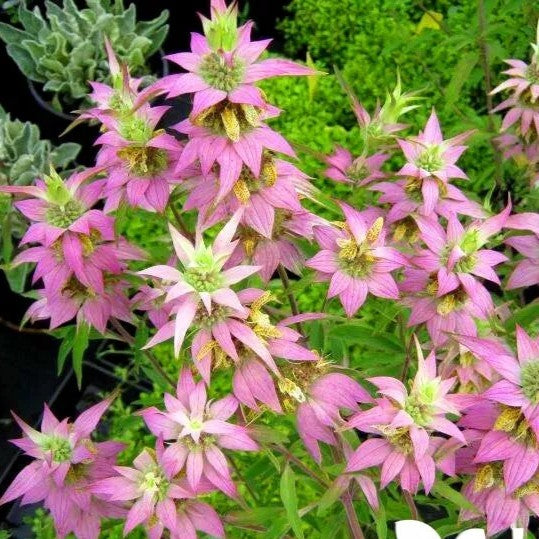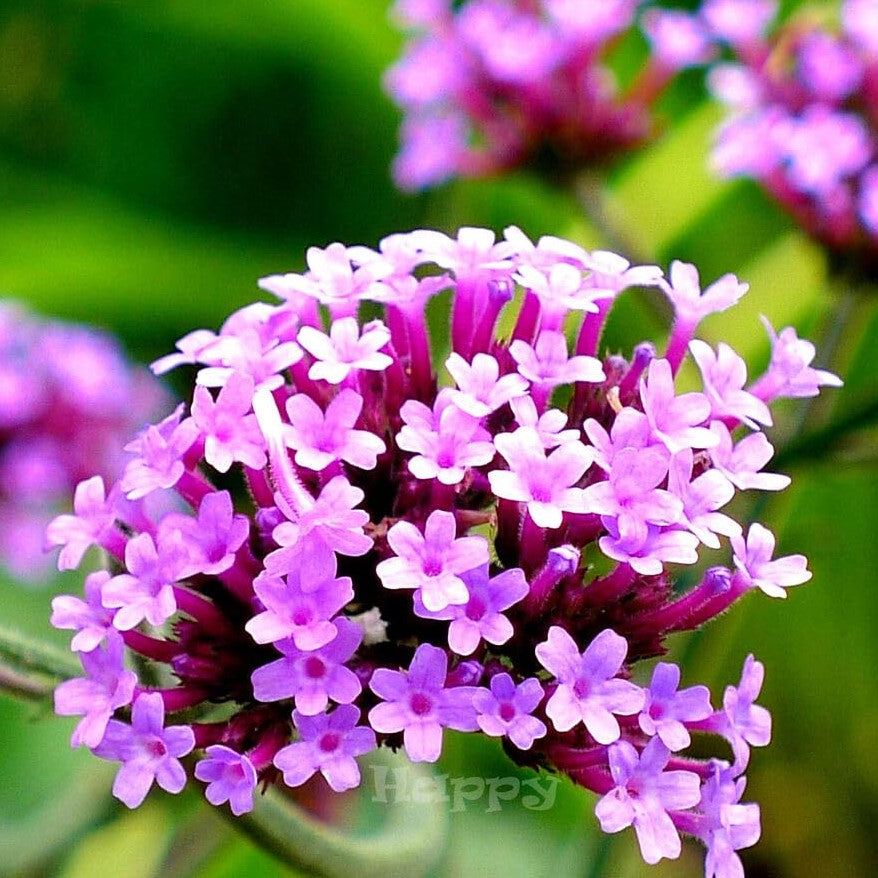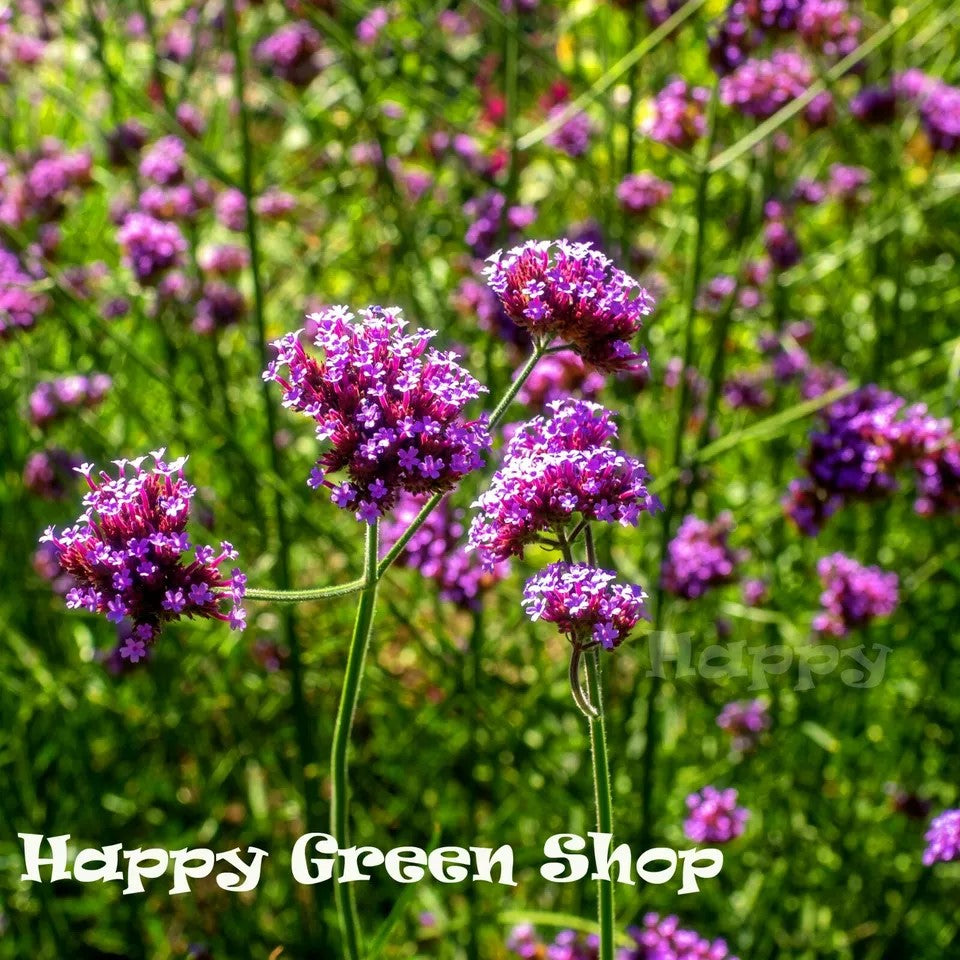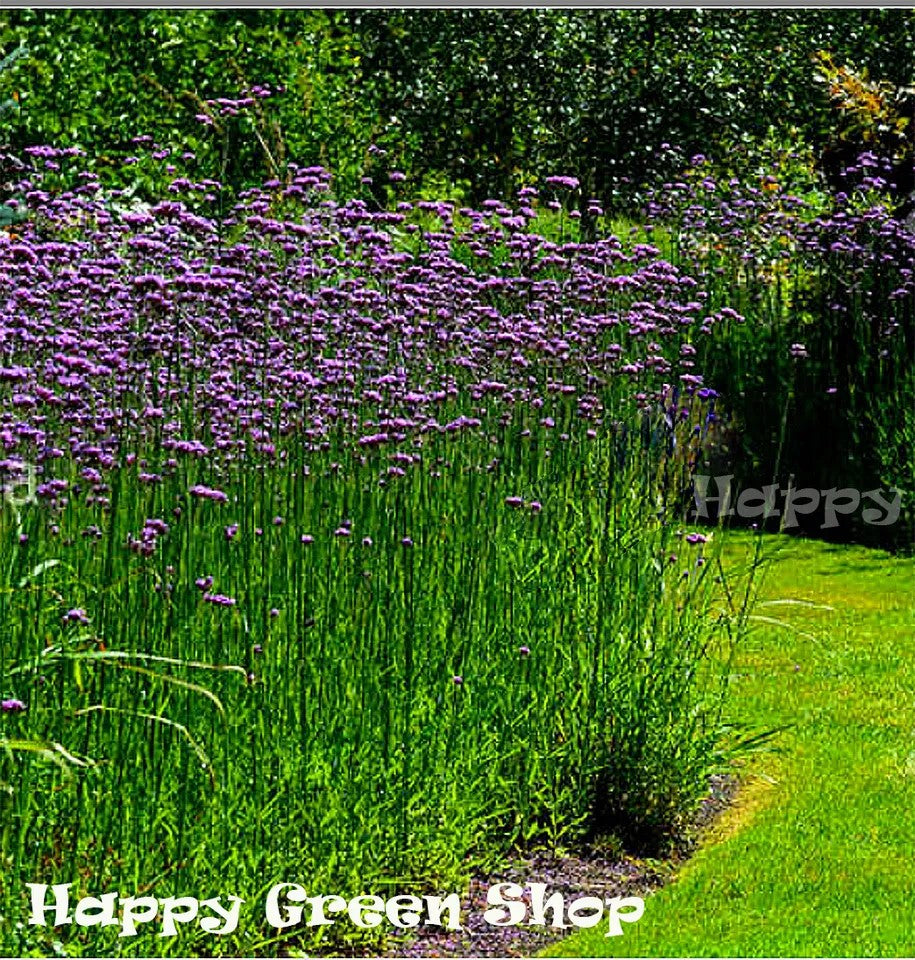Sort by:
224 products
224 products
Rock Cress 'Cascade Mix' Seeds (Aubrieta cultorum hybrida)
Rock Cress 'Cascade Mix' is a low-growing perennial that creates a carpet of vibrant spring color. Its trailing habit and masses of purple, pink, red, and violet blooms spill beautifully over walls, borders, and rock gardens. Hardy and easy to grow, it’s a spring favorite for adding rich groundcover.
What Makes It Special
-
Produces a cascade of bright spring flowers
-
Excellent for rockeries, walls, and edging
-
Hardy and long-lasting groundcover
Key Features
-
Botanical name: Aubrieta cultorum hybrida
-
Hardy perennial
-
Height: 10–15 cm
-
Bloom time: Spring to early summer
Ideal For
-
Rock gardens and slopes
-
Edging and groundcover
-
Walls, containers, and cottage gardens
Sowing
-
Sow indoors Feb–Apr or outdoors Apr–Jun
-
Lightly cover seeds with soil
-
Germination: 14–21 days at 18–20°C
-
Transplant 20–25 cm apart
-
Flowers from the second year onward
Rock Cress Cascade ‘Leichtlinii’ – Seeds
(Aubrieta cultorum)
Rock Cress Cascade ‘Leichtlinii’ is a hardy perennial that forms a dense, cascading mat of vibrant purple flowers in spring. Perfect for rockeries, walls, and borders, its low-growing habit and abundant blooms create a stunning floral carpet. It’s drought-tolerant, easy to grow, and attracts pollinators.
Why Grow Rock Cress ‘Leichtlinii’?
-
Dense cascading growth with vibrant purple flowers
-
Hardy perennial with long-lasting spring blooms
-
Excellent for rockeries, walls, and borders
-
Attracts bees and butterflies
Key Features
-
Type: Perennial
-
Height: 10–15 cm
-
Flowers: Spring
-
Position: Full sun to partial shade
-
Soil: Well-drained, moderately fertile
Ideal For
-
Rockeries and alpine gardens
-
Walls, slopes, and borders
-
Pollinator-friendly plantings
-
Low-maintenance groundcover
Sowing & Growing
-
Sow indoors: February–April in seed trays
-
Sow outdoors: April–May directly in prepared soil
-
Germination: 14–21 days at 18–20°C
-
Spacing: 15–20 cm apart
-
Care: Minimal maintenance; trim after flowering to maintain shape
Rock Cress ‘Whitewell Gem’ Seeds (Aubrieta hybrida)
Add a carpet of early spring color to your garden with Rock Cress ‘Whitewell Gem’ (Aubrieta hybrida). This hardy perennial produces masses of delicate white flowers over a mat of evergreen foliage, creating a striking contrast in rock gardens, borders, and walls. Low-maintenance and spreading, it’s perfect for adding charm to sunny spots and attracting pollinators.
How to Grow
-
Sow indoors in late winter or directly outdoors in spring.
-
Use well-drained soil in a sunny location.
-
Scatter seeds thinly on the surface and press lightly; do not cover.
-
Keep soil moist until germination (14–21 days).
-
Thin seedlings to 15–20 cm apart once established.
-
Allow plants to form a dense mat; trim lightly after flowering if desired.
Key Features
-
Carpet-like growth with delicate white blooms
-
Hardy perennial, returning year after year
-
Thrives in sunny, well-drained locations
-
Ideal for rock gardens, borders, walls, and edging
-
Attracts bees and other pollinators
Ideal For
-
Rock gardens and sunny borders
-
Garden walls, raised beds, and edging
-
Groundcover in sunny, well-drained areas
-
Pollinator-friendly landscapes
Sowing
-
Best time: Late winter indoors or early spring outdoors
-
Germination: 14–21 days
-
Sow thinly on soil surface, press lightly, do not cover
-
Prefers full sun and well-drained soil
Quick Tip
-
Let the plants spread naturally to create a dense, flowering mat; light trimming after flowering encourages fresh growth.
Red Valerian Seeds (Centranthus ruber)
The Red Valerian is a long-flowering perennial that produces clusters of bright crimson-red blooms from early summer to autumn. Its upright stems and grey-green foliage make it a striking addition to borders, cottage gardens, and wildflower-style plantings. Easy to grow and drought-tolerant once established, it thrives even in poor soils and rocky areas, while attracting butterflies and bees.
What Makes It Special
-
Long-lasting blooms in vibrant crimson-red
-
Thrives in dry, poor soils with little care
-
A pollinator magnet for butterflies and bees
Key Features
-
Botanical name: Centranthus ruber
-
Hardy perennial
-
Height: 60–90 cm (24–36 in)
-
Bloom time: Early summer to autumn
Ideal For
-
Cottage and wildflower gardens
-
Dry, rocky or poor soils
-
Wildlife-friendly planting
Sowing
-
Sow indoors Feb–Apr or outdoors May–Jun
-
Cover seeds lightly with soil
-
Germination: 14–21 days at 18–22°C
-
Thin seedlings 30 cm apart
-
Flowers from the first year if sown early
Red Hot Poker ‘Torch Lily’ Seeds (Kniphofia uvaria)
Red Hot Poker ‘Torch Lily’ is a striking perennial with tall spikes of tubular, fiery-red to orange flowers that bloom from mid to late summer. Its dramatic blooms attract hummingbirds, bees, and butterflies, adding vertical interest and vibrant color to borders, perennial beds, and wildlife gardens. Hardy and drought-tolerant once established, it’s perfect for sunny spots.
What Makes It Special
-
Fiery red-orange tubular flowers on tall spikes
-
Attracts pollinators including hummingbirds and butterflies
-
Hardy, drought-tolerant, and long-blooming
Key Features
-
Botanical name: Kniphofia uvaria
-
Hardy perennial
-
Height: 90–120 cm
-
Bloom time: Mid to late summer
Ideal For
-
Borders and perennial beds
-
Pollinator and wildlife gardens
-
Sunny, well-drained gardens and containers
Sowing
-
Sow indoors Feb–Apr or outdoors Apr–Jun
-
Cover seeds lightly with soil
-
Germination: 21–28 days at 18–22°C
-
Space seedlings 30–40 cm apart
-
Flowers from the second year onward
Red Coral Bells Seeds (Heuchera sanguinea)
Red Coral Bells is a striking perennial valued for its dainty spikes of bright red, bell-shaped flowers and attractive clumps of scalloped foliage. Blooming from late spring into summer, it’s loved by hummingbirds and makes a charming addition to borders, containers, and cottage gardens.
What Makes It Special
-
Brilliant red flower spikes above neat foliage
-
Attracts pollinators, especially hummingbirds
-
Long-lasting blooms for garden and cut flowers
Key Features
-
Botanical name: Heuchera sanguinea
-
Hardy perennial
-
Height: 30–45 cm
-
Bloom time: Late spring to summer
Ideal For
-
Borders and cottage gardens
-
Containers and edging
-
Wildlife and pollinator-friendly plantings
Sowing
-
Sow indoors Feb–Apr on the soil surface (do not cover)
-
Germination: 14–28 days at 18–22°C
-
Transplant 25–30 cm apart
-
Flowers from the second year onward
Ramsons Wild Garlic – Seeds (Allium ursinum)
Ramsons Wild Garlic is a hardy perennial herb prized for its aromatic, garlicky leaves. Perfect for adding fresh, vibrant flavor to salads, pestos, soups, and sauces, it is a versatile addition to any herb or woodland garden. Its delicate white flowers also provide ornamental interest and attract pollinators.
This low-maintenance plant thrives in shaded, moist areas and can naturalize over time, creating a fragrant ground cover in suitable conditions.
How to Grow
-
Sow indoors: January – March
-
Sow outdoors: March – May
-
Depth: 0.5–1 cm
-
Spacing: 20–25 cm between plants
-
Position: Partial to full shade, woodland-type environment
-
Soil: Moist, fertile, well-drained
-
Watering: Keep soil consistently moist, especially during dry spells
Key Features
-
Hardy perennial with aromatic, garlicky leaves
-
Ideal for salads, pestos, soups, and sauces
-
Attractive white flowers that attract pollinators
-
Low-maintenance, naturalizes well in shaded areas
-
Thrives in moist, fertile, well-drained soils
Harvest
-
Harvesting period: March – May
-
Pick young leaves before flowering for the best flavor.
Short Tip
Avoid harvesting all leaves at once; leave some for continued growth and flowering.
Purplish Lilac Lemon Bee Balm Mint Seeds (Monarda punctata)
Bring a fragrant and colorful touch to your garden with Purplish Lilac Lemon Bee Balm Mint. This striking perennial produces spiky clusters of lilac-purple flowers with lemon-scented foliage, attracting bees, butterflies, and other pollinators. Easy to grow and drought-tolerant, it adds both beauty and ecological value to borders, beds, and wildflower gardens.
Why Grow "Purplish Lilac Lemon"
-
Unique lilac-purple flower spikes with lemon-scented foliage
-
Attracts pollinators like bees and butterflies
-
Drought-tolerant and easy to grow
-
Adds color and texture to borders, beds, and wildflower gardens
Key Features
-
Type: Perennial (Monarda punctata)
-
Height: 60–90 cm
-
Flowering: Summer (June–September)
-
Position: Full sun to partial shade
-
Uses: Borders, flower beds, pollinator gardens, containers
Sowing & Growing
-
Sow indoors: 6–8 weeks before the last frost
-
Sow outdoors: After frost danger has passed
-
Germination: 10–20 days
-
Space seedlings: 30–40 cm apart
-
Prefers well-drained soil and full sun for best flowering
Purpletop Vervain – Seeds
(Verbena bonariensis)
Purpletop Vervain is a tall, airy perennial that produces clusters of vibrant purple flowers atop slender stems. Its long flowering period and graceful form make it ideal for borders, cottage gardens, and pollinator-friendly landscapes. Loved by butterflies and bees, it adds height, color, and elegance to any garden.
Why Grow Purpletop Vervain?
-
Clusters of vibrant purple flowers on tall stems
-
Long-flowering perennial, easy to grow
-
Attracts butterflies and bees
-
Adds height and elegance to borders and cottage gardens
Key Features
-
Type: Perennial
-
Height: 90–150 cm
-
Flowers: Summer to autumn
-
Position: Full sun
-
Soil: Well-drained, moderately fertile
Ideal For
-
Cottage and mixed borders
-
Pollinator-friendly gardens
-
Cut flowers and floral displays
-
Adding height and color to flower beds
Sowing & Growing
-
Sow indoors: February–April in seed trays
-
Sow outdoors: April–May directly in prepared soil
-
Germination: 10–20 days at 18–20°C
-
Spacing: 30–40 cm apart
-
Care: Low maintenance; deadhead to prolong flowering
Showing 63/224

